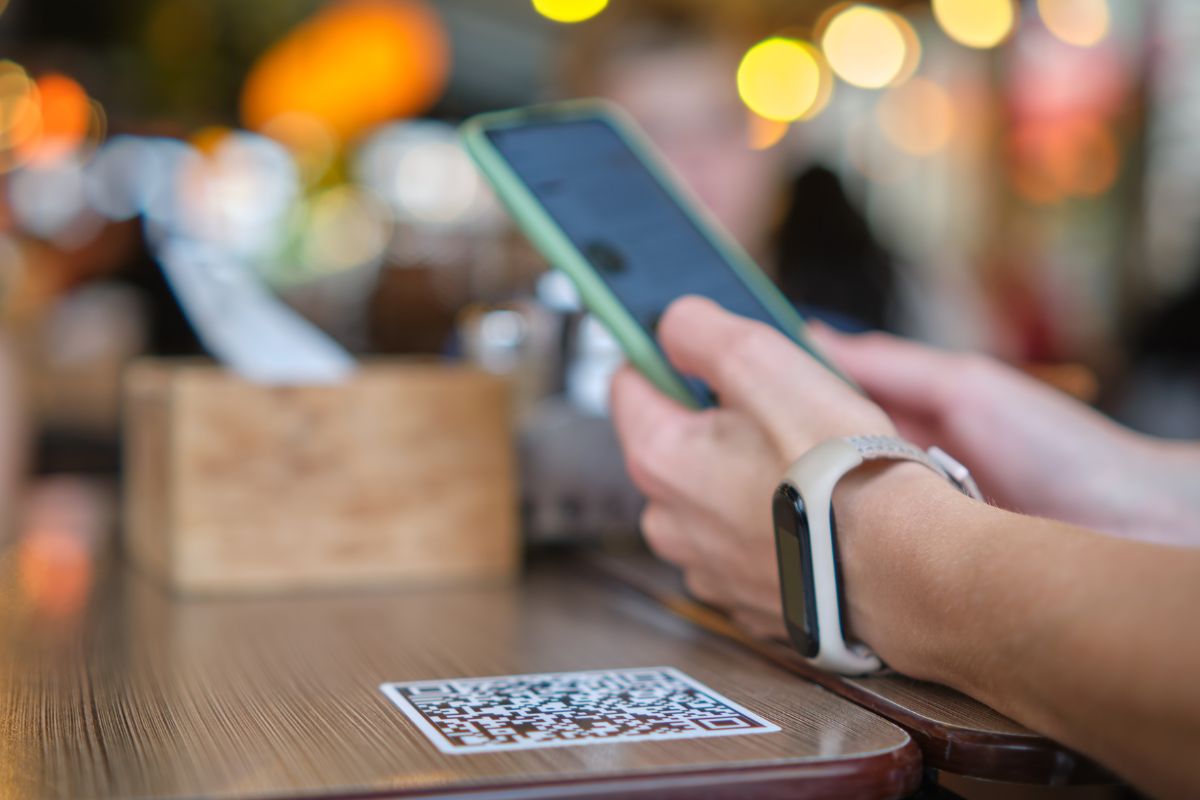A recent study showed 47 percent of restaurant patrons aren’t comfortable scanning the barcodes.
Even as restaurants continue to use QR codes more regularly to help take pressure off front-of-house staff, the results of recent studies are indicating that many patrons still haven’t reached the point that they’re entirely comfortable scanning with their smartphones.
The quick response barcodes are used for everything from displaying menus to ordering and paying.
QR codes are affordable and easy to use, making them highly appealing for restaurants to use as tools for improved front-of-house efficiency. It makes it possible for customers to sit down, check out the menu on their devices and order when they’re ready.

This helps to alleviate pressure to the serving staff, who can then focus on bringing the drinks and food, answering questions, and making sure customers have everything they need. Their time will be greatly cleared by avoiding the need to talk about specials or take orders.
Still, this plan only works when diners are comfortable with the process. As it turns out, nearly half of them aren’t yet thrilled with the idea of interacting with their phones instead of with a person.
Studies are showing that QR codes get increasingly popular with younger consumers.
Data from a study conducted by William Blair align with one conducted by the National Restaurant Association’s findings published in a State of the Restaurant Industry 2023 report which showed that among baby boomers, only 46 percent would be interested in using quick response codes as menus on their phones.
On the other hand, among Gen Z adults, a much higher 73 percent would be fine using scans and their phones to access menus. Baby boomers also showed much less interest in using mobile payments or contactless payments for their meal (57 percent). Only 53 percent from that age group said that they would be comfortable using an app on their phone to order and pay.
The age group that appeared to be the most willing to use QR codes and smartphones to place orders and pay for their food were those aged 18 through 29 years.

